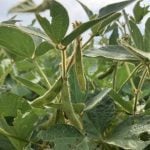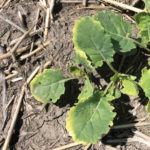Back in June, I got a call from Earnest, who grows 2,500 acres of soybeans, canola, oats and flax on his farm near Starbuck, Man. He told me he’d recently sprayed his flax field with a Group 1 herbicide to eliminate green foxtail in his crop, but the treatment didn’t appear to be having any […] Read more













